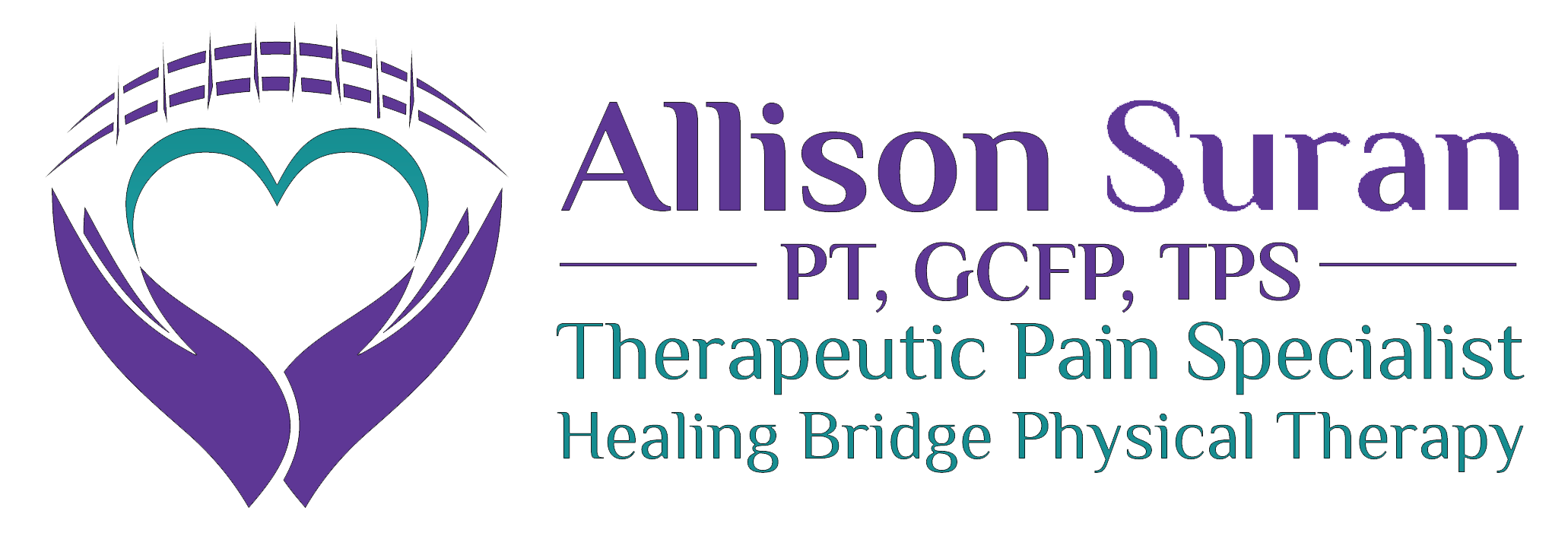The Sensations of Pain
September, 2016
People often isolate their pain experience into one big area of PAIN! Yet there are many finer distinctions that can be made. When pain is reduced to a singular experience of “pain”, the brain’s capacity to assist in healing and management becomes limited. Learning a new language for sensations can provide an opportunity to meet your experience with more kindness and openness and less fear to provide a more positive opportunity for a sense of well-being.
How a person experiences him or herself is not “black and white.” Yet when one is experiencing pain, it is easy to forget the myriad of other physical sensations that are also present at the time. For people who experience chronic pain, when their attention gets focused on their pain, I refer to this as the “brain-pain super highway.”
If the only time a person experiences sensation is when there is a signal of pain, the nervous system develops a well-routed path to continue to feel, remember, recall, and even retrieve the experience of pain. My hope is to teach the language of sensation so that you can learn to greet your pain with openness and realize that there are many nuances of sensation in the region(s) where the pain is.
People also want to avoid their pain, which of course, makes sense. Unfortunately this avoidance can become a resistance and further tightening of muscles around the area which only serves to increase the discomfort. This avoidance can also lead to unhealthy behaviors of inactivity, over-working, taking more medications, increased anxiety and many others. However, by learning to be with and attend to the painful region, you can learn to listen and care for it with gentleness and kindness.
When pain triggers a physiological fight/flight response which can become habitual, patients can learn to stop, listen, name the different sensations that are currently present, and even observe how they shift and change throughout the moment, hours, and days. Pain is rarely stagnant. By just learning to sit and listen to your pain experience, you can begin to shift the habitual tightening and allow for moments of relaxation.
There are numerous ways to describe physical sensations, and I have provided a partial list:
Aching Balanced Bigger Clumsy Cold/Cool Compressed
Contracted Diagonal Easy Even Familiar Flat
Floaty Free Frozen Graceful Grounded Hard
Heat Heavy Intense Length Light Longing
Loose Mellow Open Permeability Playful Pressing
Pressure Pulsing Random Seated Sharp Short
Smaller Soft Solid Spacious Springy Stabbing
Sticky Stiff Stinging Strong Temperature Thin
Throbbing Tight Tingly Transparent Unfamiliar Unbalanced
Vibration Warm Weak Weighted Wispy Wobbly
Learning to switch out of the dominant thoughts of pain or tension which contribute to the fight/flight triggers in the brain, takes practice. If you’ve been in pain for a while, you probably have some consistent ways of avoiding this but you can learn to catch yourself, pause, listen and breathe. Then out loud, in your head, or in writing, begin to just listen and list the different sensations that are a part of the whole pain experience. These moments of listening will also provide much needed pauses throughout your day to help re-regulate your nervous system which has often become very sensitive and reactive to many events that contribute to your “pain”.
Learning to pay attention to physical sensations is useful whether or not you are in pain. You can also use this practice to attend to pleasant sensations in other areas of your body so that your brain remembers that there’s a whole you there, much of which is not in pain. Try practicing the discovery of new sensations in your body and see if you don’t begin to enjoy living in your body in a new way!
This is just one of the many practices that Allison will be teaching and guiding participants through in the upcoming Calm Your Pain program.
In Health!
Allison Suran
